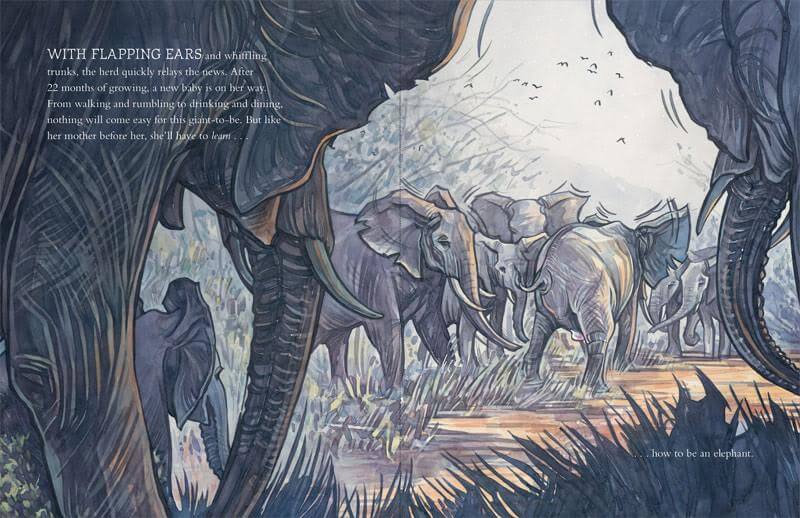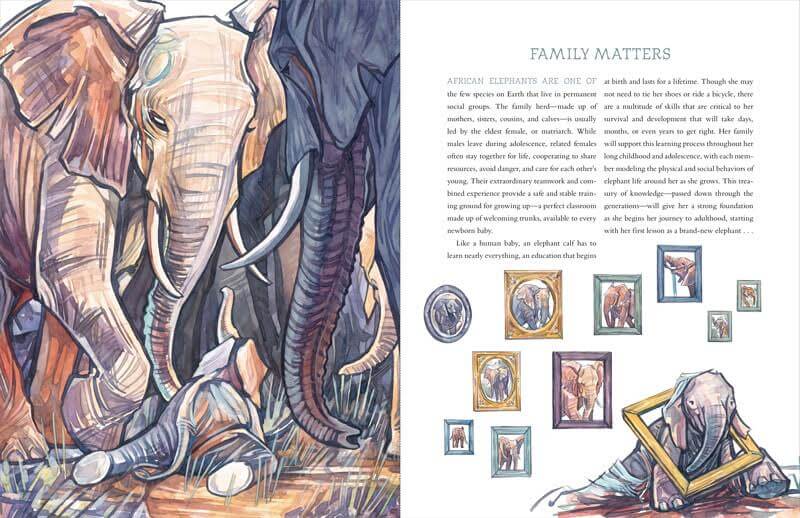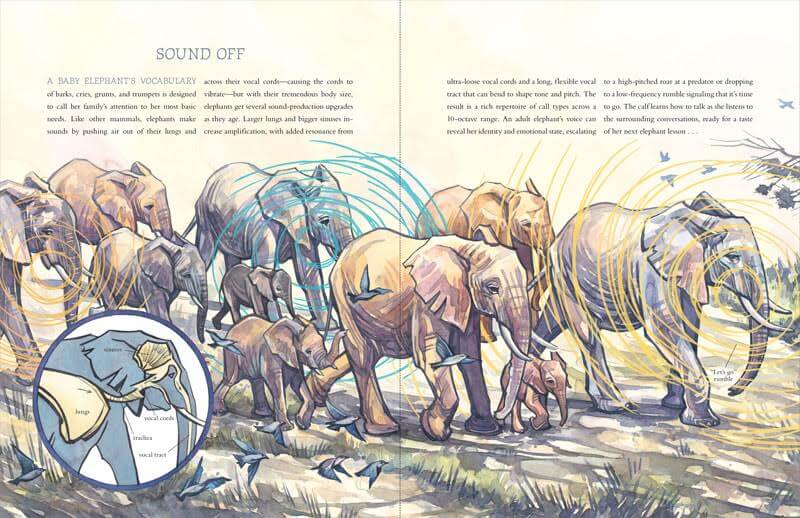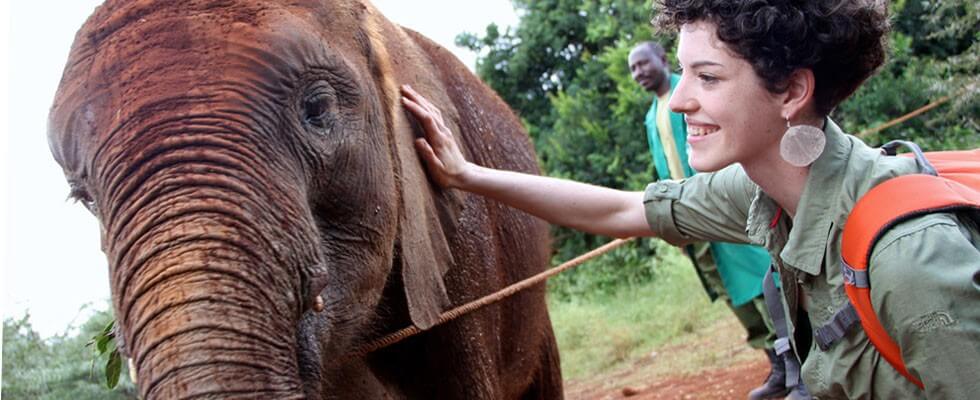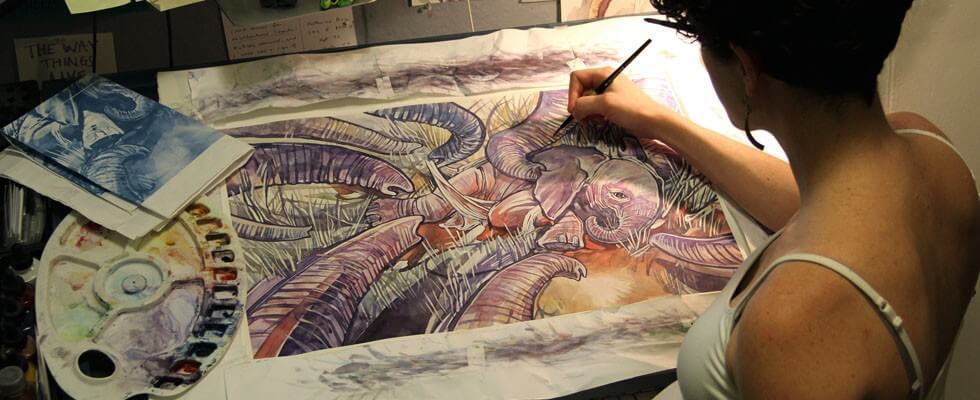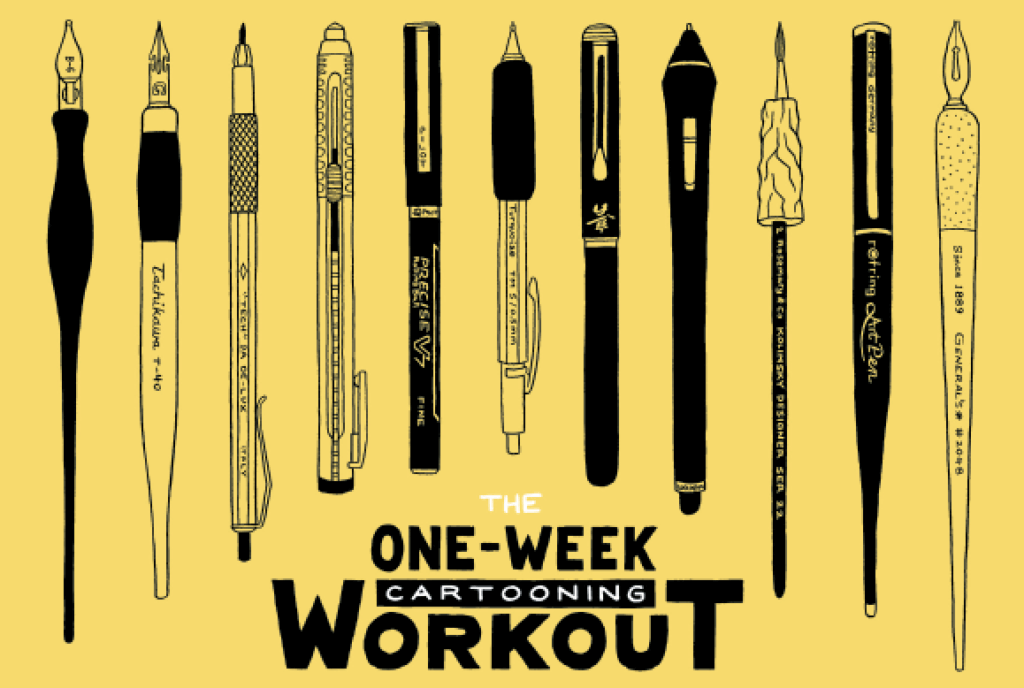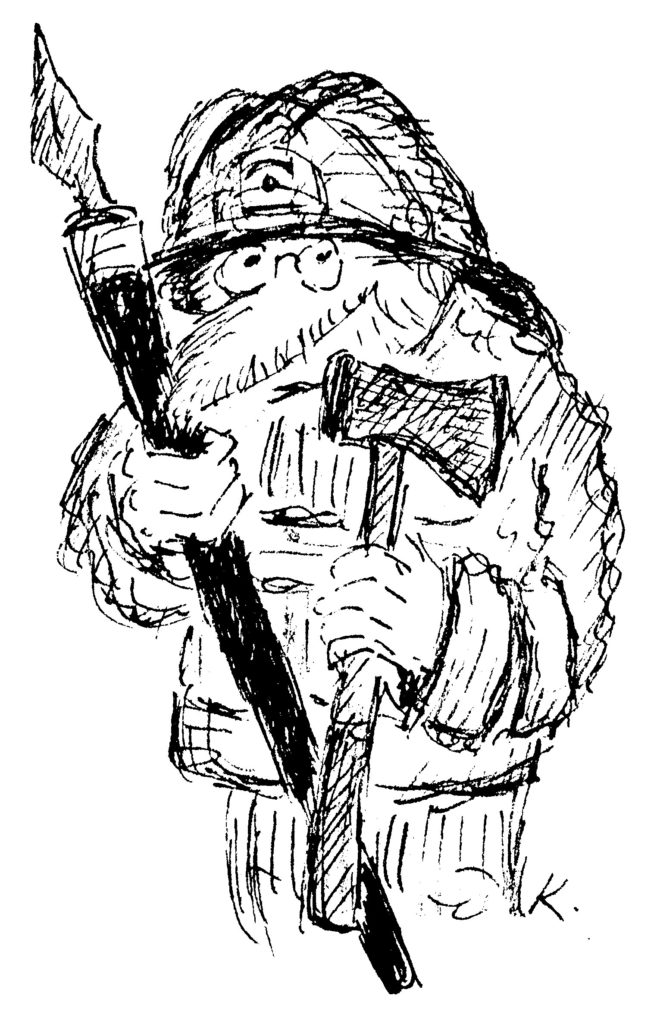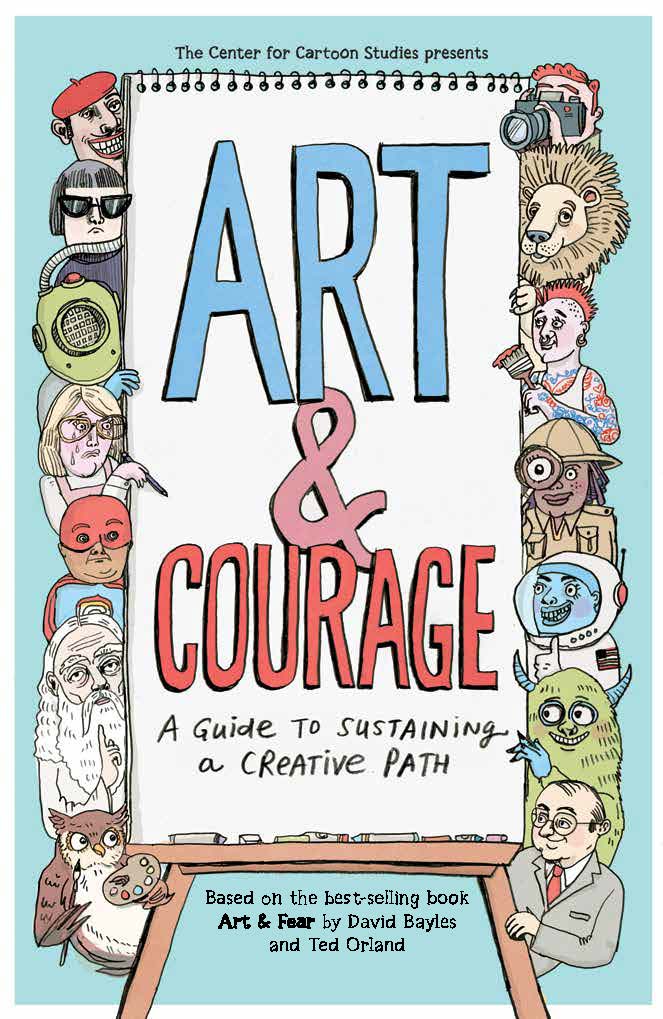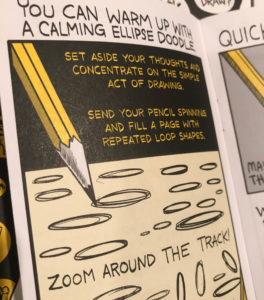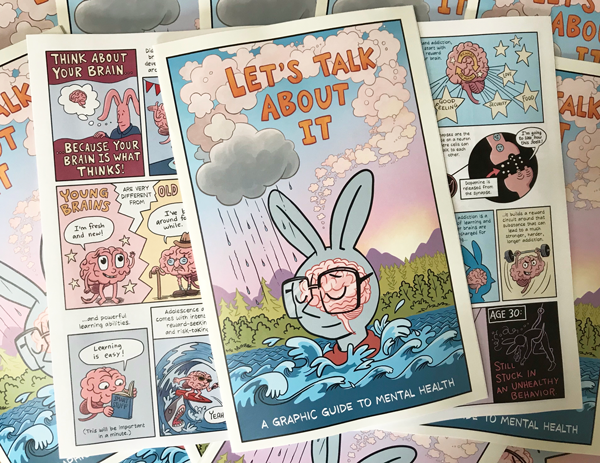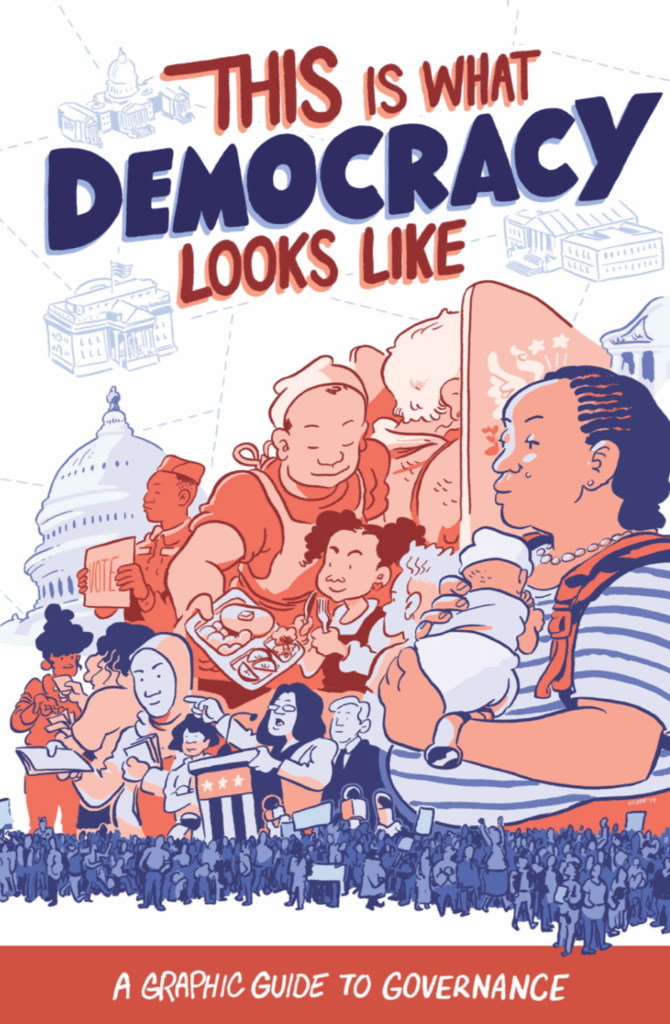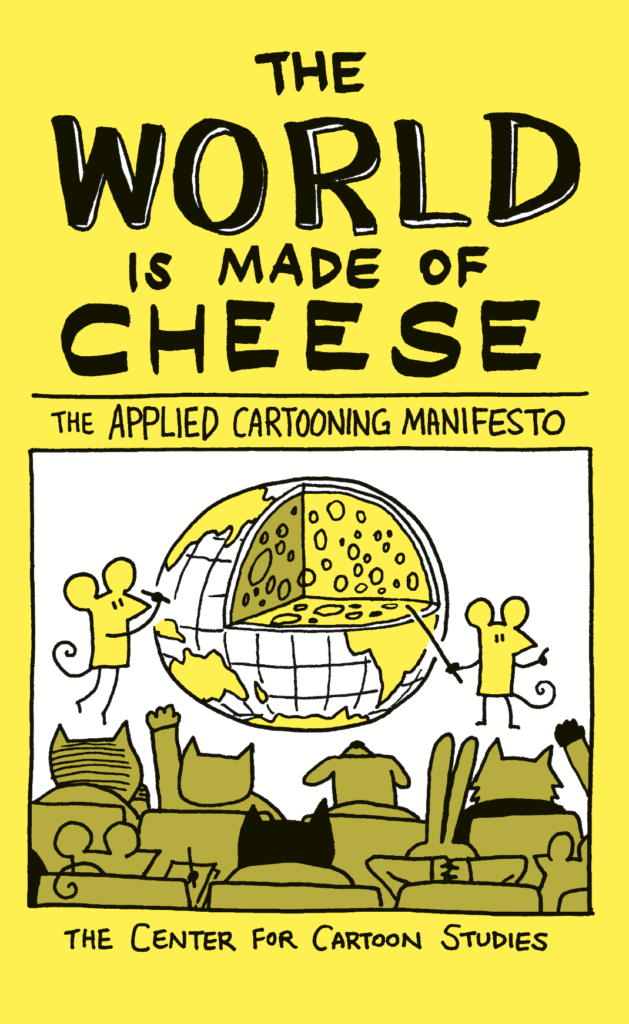September 22, 2017
Event date: –
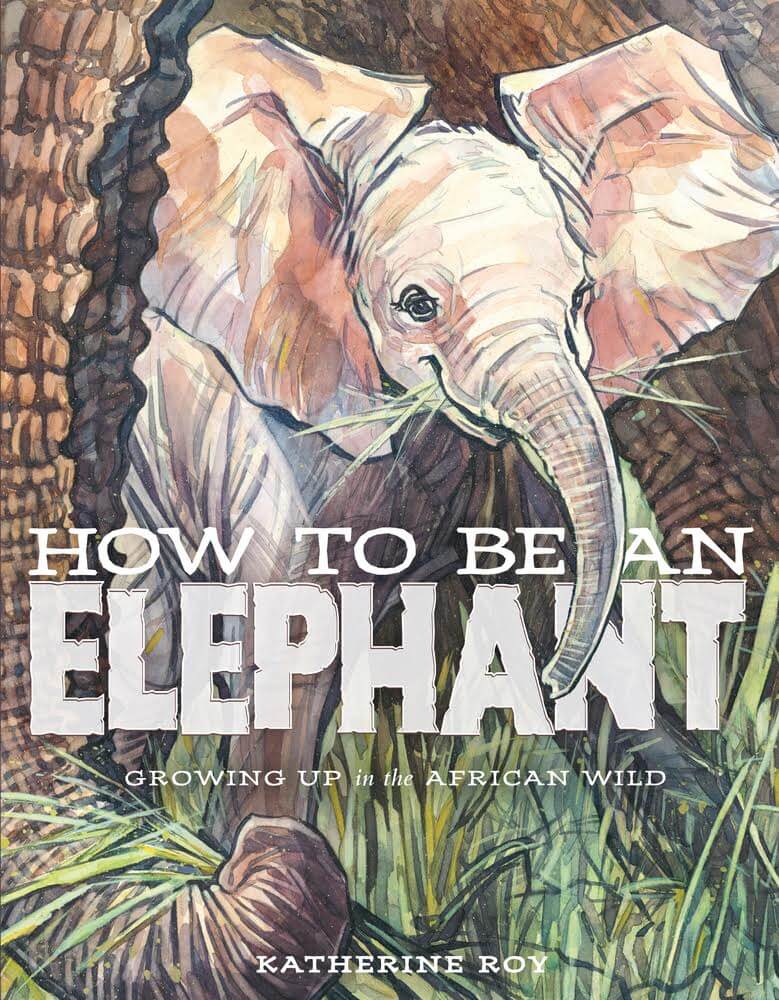
How to Be an Elephant from Katherine Roy (′10) in September 2017 and is getting starred reviews from Library Journal and more! In this children’s picture book, she explores the childhood of an African elephant. As with her previous book, Neighborhood Sharks, she did massive amounts of research. She even traveled to Kenya where she was able to talk to elephant experts and see real elephants in the wild.
First sharks, then elephants. How do you pick your topics?
The idea to do a book about great white sharks initially came from my editor, Simon Boughton. During our introductory meeting, I told him that I’d spent a season teaching environmental education aboard a schooner on the Puget Sound, and one year later he asked if I’d be interested in doing a book on great white sharks, given my love of marine biology. There was no contract at the outset—it was just a prompt—but I ran home and got to work on a rough draft of what would become Neighborhood Sharks, which Simon bought about six months later. After turning in the final art for Sharks, he asked me what I’d like to work on next, and I told him that I’d always been fascinated by the social proximity between humans and elephants. A few months later, he bought the rough draft for How to Be an Elephant. So my topics all come from my personal interests, and I’m thankful to have an editor who listens and trusts me to follow those interests. Of course, he’s said “no” to a number of other topics I’ve pitched him, but always for good reasons!
Do you have any favorite memories from your trip to Africa to study the elephants?
Witnessing researchers in Samburu National Reserve tranquilize and collar a 40-year-old bull elephant was definitely the highlight of my trip. I got to touch the elephant’s wrinkled skin and enormous tusks, and I put my head against his ribs while he snored. It was an unforgettable experience. I also saw a stunning array of wildlife while I was there, from leopards and hyenas to rhinos and secretary birds. Kenya is one of the most beautiful places I’ve ever been, with extraordinary colors and seemingly infinite skies.
What was the strangest or most impressive tidbit you learned about elephants?
Elephants can be identified by the unique markings on their ears and the shape of their tusks, just like great white sharks can be identified by the markings on their dorsal fins. At first, I found it impossible to see the distinctions between one female adult elephant and the next, but after a little practice with researchers I started to get the hang of it. The most seasoned field experts—like David Daballen with Save the Elephants—know several hundred of the elephants in Samburu by sight. In my book, I made sure to “tag” the ears of my matriarch and mother with distinctive markings, to help the reader (and me!) keep track of who’s who throughout the story.
Which do you prefer to make: comics or children’s books? Why?
I see comics and illustration as two sides of the same set of skills. For nonfiction, my job is that of a translator—to turn information into words and pictures that someone else can read and understand—so I constantly think about composition, characters, page turns, timing, color, and writing with images when working on a story in either format. But choosing between one format or the other ultimately comes down to letting the content tell me what it wants to be. I don’t need to demand that it go one way or the other unless the boundaries for the project require it.
Do you have any interesting tricks or tips to share about working with watercolor?
It’s funny, I don’t think of myself as a watercolorist because I have no formal training with it and generally feel like I’m flying by the seat of my pants. But a couple of my oil painting teachers in college forced me to mix my colors first before ever picking up a brush, and that practice was my first real experience in figuring out how to get hue, value, and saturation to work together the way I wanted them to. Those lessons have carried over into watercolor painting, which is much cheaper, easier, and less toxic to use than oils. So while I don’t have any specific painting techniques to suggest, I would say this about color: If you’re just starting out, limit your palette to seven tubes of paint—cadmium red, alizarin red, cerulean (or another green-leaning) blue, ultramarine blue, cadmium yellow, lemon yellow, and titanium white—and throw out your black. One color theory camp believes that there is no true red, just reds that lean orange and reds that lean purple, so you need both kinds of “red”; the same thing for blue and for yellow. Then practice mixing those seven colors in different ways. What green do you get if you mix lemon yellow with ultramarine blue? What about lemon yellow with cerulean blue? How different is that green from a green that uses cadmium yellow instead? How do these different colors feel? The physical mixing practice is invaluable for understanding how color works, whether or not the final illustration will be done with watercolor, colored pencil, silk-screen, or digital paint.
Interview by Angela Boyle.
Tags: Alumni, Cartoon Studies, Children's Book, How to Be an Elephant, Illustrated Books, Katherine Roy, Neighborhood sharks, Nonfiction Comic, Roaring Brook
